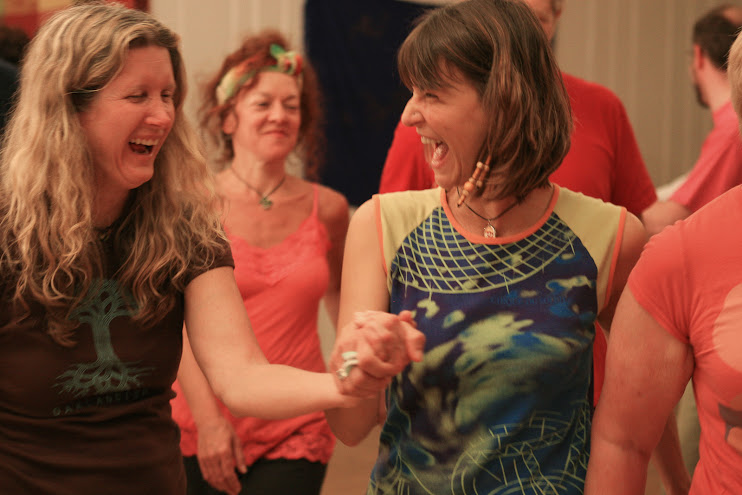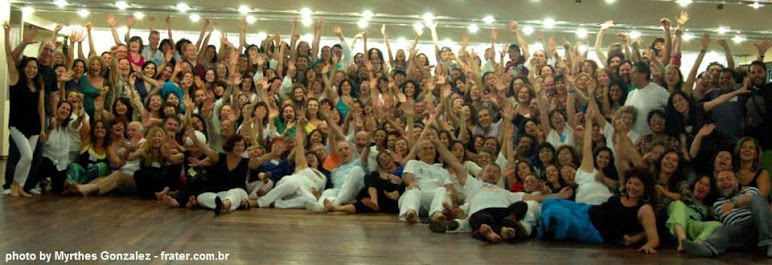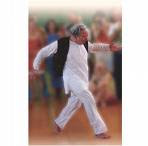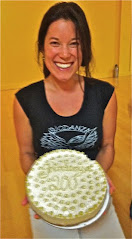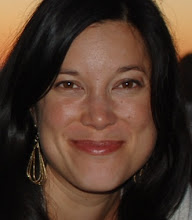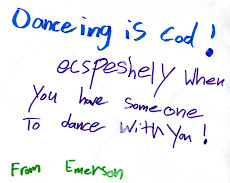Subject: SFSB Response to Biodanzers wishing to belong to more than one group
Tuesday, April 21, 2009
Dear Biodanza Students,
Hi! Previous to the first Biodanza teachers’ training finishing, there was one main facilitator (Belisa Amaro) practicing in the Bay Area (2005-2007). Now that there is an opportunity for people to take Biodanza more than one time a week, there have been questions regarding participating in multiple groups.
The three practicing facilitators (Belisa Amaro, Zora Coeur de Roy, and Marina Li) have worked together to explore this issue. Belisa Amaro corresponded with Helénè Levy-Benseft, director Méditerranée School, France and board member of SFSB, and Angelina Pereira, co-director of the São Paulo School of Biodanza, Brazil. Both share the same position. Read below to learn more:
- It is enough for growth and integration of an individual to do just one Biodanza group.
- The process is done in one group even if the student does more than one group. Usually the individual ends up connecting more with one of the groups and achieves integration and growth through the practice in that primary group.
- In some cases though (Angelina says), the participation in two groups for a while can be positive. Examples might include: help with motor integration or social support when new to the area. (See #6)
- That said, Biodanzers are free people and we cannot prohibit them from attending other classes.
- It is our responsibility (facilitators) to inform the ones interested in attending more than one group that there are no additional benefits in doing Biodanza more than one time per week. (Participants do not speed up their process or will necessarily feel better with two classes, instead one class.)
- It is important to understand why one wants to do more that one group. For instance, if the person does not have a social life and wants to fill up gaps with Biodanza, it can be counter-productive (creating dependency). She/he might want to stay under the wings of Biodanza or the group(s). Instead, facilitators and Biodanzeros need to encourage her/him to practice Biodanza outside the class (IE the vivencia of daily life).
- Facilitators need to inform each other about shared students for professional and ethical reasons and to protect the interests of the students (working together on the students’ needs).
- It is okay that students do weekend workshops with another teachers than theirs (common in South America and Europe where there are so many facilitators). The base, the regular work should be done weekly with one person, and taking other workshops with other groups and teachers can be enriching.
In summary, Biodanza participants are welcome to “drop-in” to other groups when it is appropriate (with permission from the facilitator of the class s/he is visiting) to see friends or promote Biodanza, etc.
Those wishing to belong to more than one group (#6) are welcome to discuss this further with his/her facilitator.
Biodanza integration is an organic process that requires time and care from the participant, with the support of the facilitator. Let us know if you have any questions.
We wish you much love and health for your process!
Belisa Amaro, Zora Coeur de Roy and Marina Li
